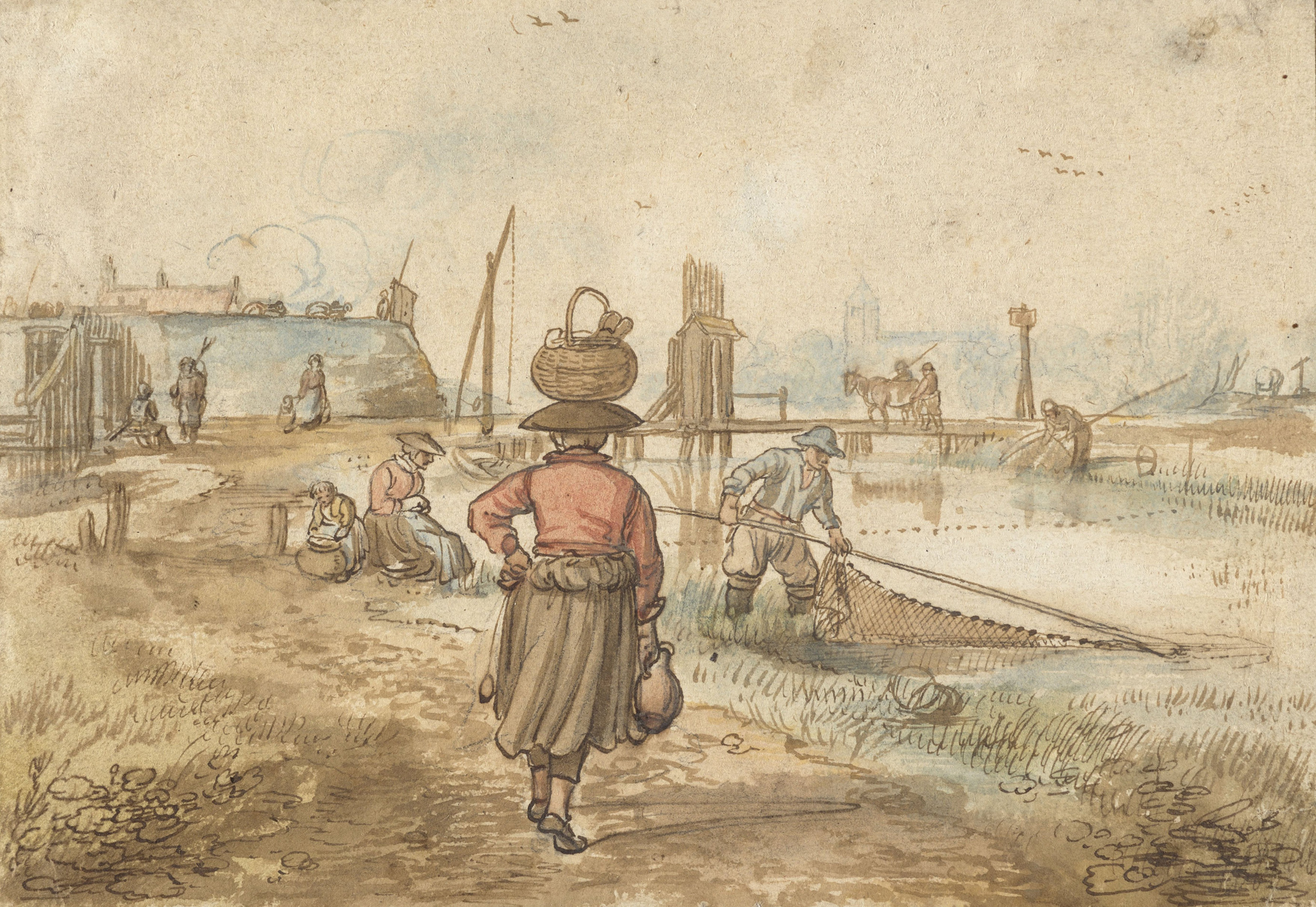Prochains évènements
Upcoming seminarsView all
Economic history Inequalities history
January 28, 2026
12:30 - 13:45
Room R1.09, Campus Jourdan
Volha Lazuka
(U. Southern Denmark)
Skills Beget Skills: Evidence from Historical School Reforms Targeting Health and Further Education
Inequalities history
January 7, 2026
12:30 - 13:45
Room R1.09, Campus Jourdan
Netanel Ben Porath
(Northwestern University)
Democratizing Education? Schooling as an Elite Strategy in Times of Reform
Economic history
December 17, 2025
12:30 - 13:45
Room R1.09, Campus Jourdan
Chenzi Xu
(UC Berkeley)
Branching Out: Capital Mobility and Long-Run Growth
Summary
Co-authors : Sarah Quincy Paper link: https://chenzi-xu.com/docs/QX_Branching.pdf We study the long-run effects of the introduction of bank branch networks on capital mobility and manufacturing productivity by examining a formative but understudied episode in U.S. banking history—the first wave of state-level branching reforms in the 1930s—which by 1970 resulted in over 70% of banking offices operating in branch networks. We combine state-level panel data, county-border discontinuity designs, and newly digitized bank- and branch-level balance sheets to show that while branching generated no broad-based increase in state-level lending or deposits, it created persistent manufacturing productivity gains. We provide direct evidence from novel branch-level balance sheet data that internal capital markets systematically reallocated funds from deposit-rich to capital-constrained s. Finally using a new metric that we call “Deposit Market Access” (DMA), which captures the potential funding available to a locality based on the geographic footprint of bank networks, we show that funding access grew significantly more in capital-constrained areas within branching relative to non-branching states and raised manufacturing productivity. Our findings indicate that the organizational structure of branch banking reduces spatial frictions that hinder capital al to the periphery and creates long-run economic growth.
Prochains ateliers et conférencesView all
Pas d'ateliers ou conférences à venir
Working papersView all


